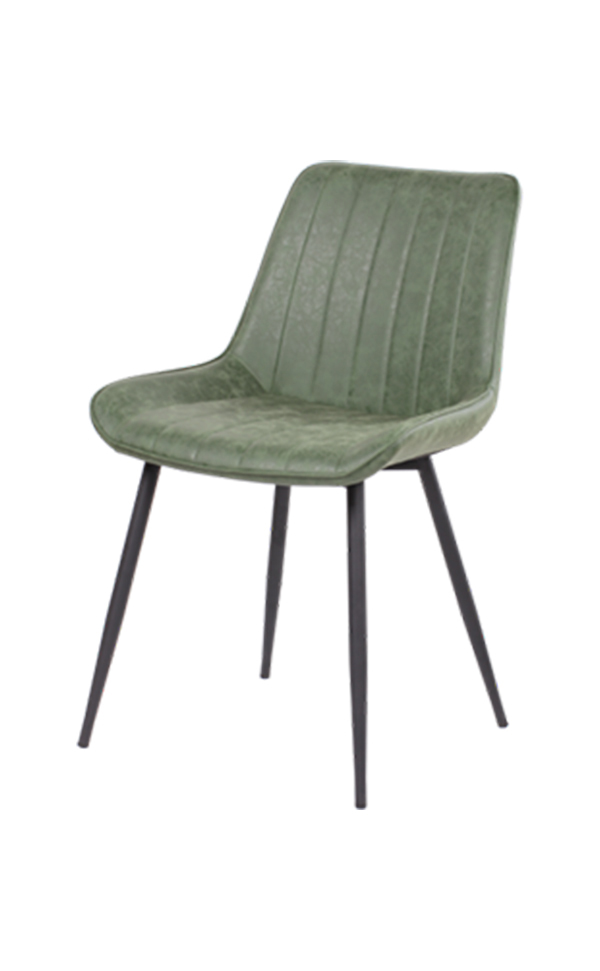The production and disposal of a living room chair significantly impact the environment's energy use at various stages, from material extraction to manufacturing, transportation, and disposal. Here's a detailed look at how these processes affect energy consumption:
Harvesting and processing wood for furniture involves energy use in logging, transportation, and milling. Sustainable forestry practices can reduce energy use, but unsustainable practices can lead to greater energy consumption, particularly if forests are far from processing facilities.Extracting metals like steel or aluminum is highly energy-intensive. Mining, refining, and processing metals require significant amounts of energy, often from non-renewable sources, leading to substantial carbon emissions.
The energy required to assemble a living room chair includes powering machinery for cutting, shaping, assembling, and finishing materials. The energy source (e.g., fossil fuels, electricity) and the efficiency of the manufacturing process greatly affect the overall energy consumption. Factories powered by renewable energy sources have a smaller environmental footprint.
The use of chemicals in treating fabrics, foams, and wood finishes also involves energy-intensive processes. For example, producing synthetic dyes or flame retardants requires substantial energy, contributing to the overall energy footprint of the chair.
Transporting raw materials to the manufacturing site consumes energy, especially if materials are sourced from distant locations. Long supply chains increase the energy required for transportation, often relying on fossil fuels.Once the chair is manufactured, it must be transported to distributors, retailers, or directly to consumers. The energy used in transportation depends on the distance, mode of transport (e.g., truck, ship, air), and the weight and volume of the product. Chairs that are bulky or heavy consume more energy during transport.
The production of packaging materials, such as cardboard, foam, and plastic wrap, requires energy. For example, producing plastic packaging is energy-intensive due to the fossil fuels involved.The energy used to transport packaging materials to the manufacturing site and then with the finished product adds to the overall energy consumption.
A durable chair that lasts for many years uses less energy over its lifetime compared to a chair that needs frequent replacement. The energy saved by reducing the frequency of production, transportation, and disposal is significant.Chairs designed to be repairable can further extend their lifespan, reducing the need for new materials and the energy associated with production.

Recycling materials like metal or wood reduces the need for new raw materials, saving energy. However, the recycling process itself requires energy, though typically less than producing new materials from scratch.Disposing of a chair in a landfill doesn’t directly consume energy, but it represents a loss of the embedded energy used in the chair’s production. Additionally, the decomposition of organic materials in landfills can produce methane, a potent greenhouse gas, contributing to energy-related environmental issues.
If the chair is incinerated, the process generates energy but also releases emissions. The energy gained may not fully offset the energy consumed during the chair's production and transport, depending on the efficiency of the incineration process.
Manufacturers focusing on energy-efficient production processes (e.g., using renewable energy sources, optimizing machinery efficiency) can significantly reduce the energy footprint of a living room chair.In a circular economy, where materials are reused or repurposed, the energy required for production is reduced. Take-back programs, refurbishment, or modular designs that allow parts of the chair to be replaced without discarding the entire product can all contribute to lower energy use.
The production and disposal of a living room chair affect the environment's energy use in multiple ways, from the energy-intensive extraction of raw materials to the manufacturing processes, transportation, and final disposal. Opting for chairs made from sustainable materials, produced with energy-efficient methods, and designed for longevity or recyclability can significantly reduce their overall energy impact on the environment.


 English
English Español
Español










